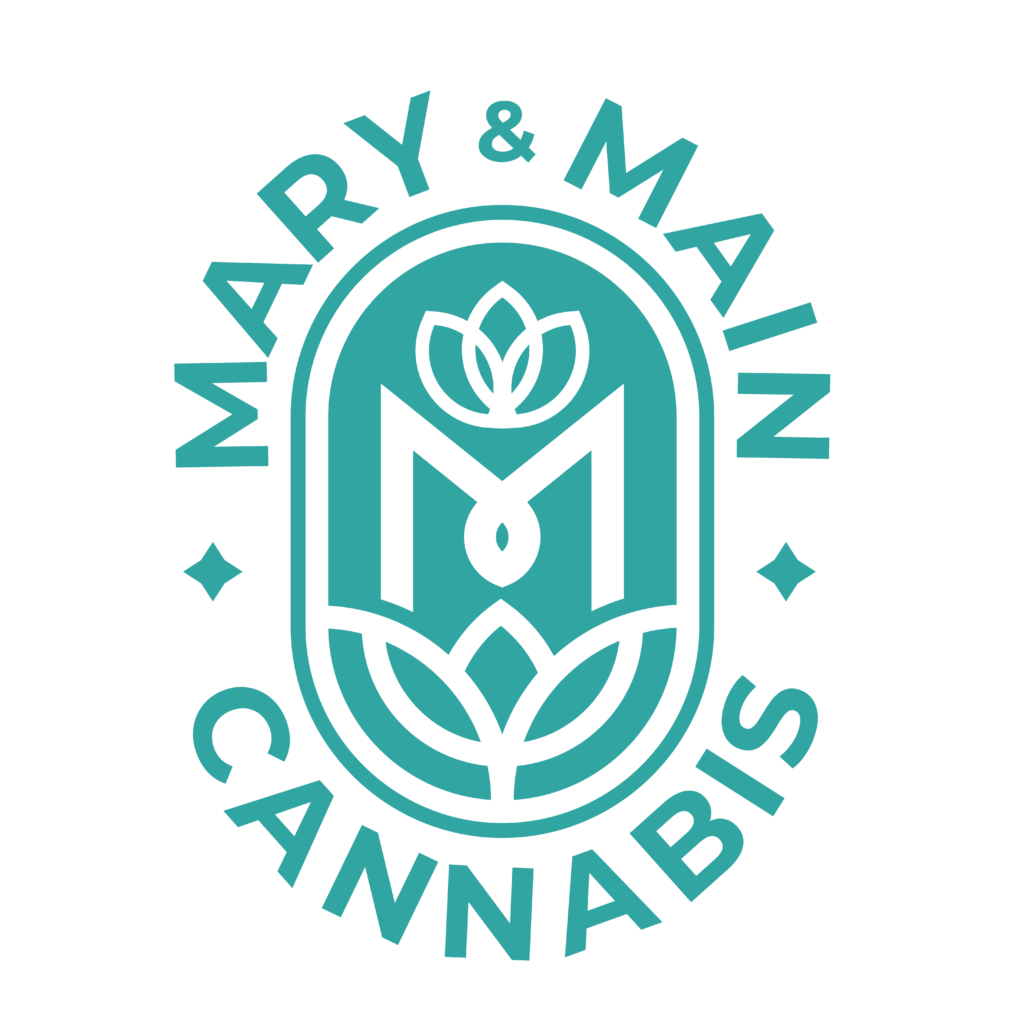One of the challenging parts of growing cannabis is how to grow the plant in different climates. California may have great weather for year-round outside growth, but try to grow it in colder climates and the plant won’t thrive. Indoor growing is necessary to cultivate the plant from seed to weed. The growth cycle of cannabis is important when looking at best practices for making it in Maryland for sale.
Growing Cannabis
Cannabis is a unisexual flowering plant. It begins as a seed, reaches maturity, reproduces, then dies within one year. The flowers are male and female, distinctive from one another. Cultivating cannabis means extending a plant’s natural life cycle. Look at the timeline of a cannabis plant.
Germination
Cannabis requires stratification in this process along with darkness to get the metabolic process going. The taproot firmly anchors in the round somewhere from day one up to eight. Within 2-4 days, 2 cotyledons emerge. This generally takes anywhere from 3-12 days.
Seedling
A cannabis plant is considered a seedling once cotyledons are exposed and begin transpiration and photosynthesis. Cotyledons are two small circular leaves that sprout from a seed. Fluorescent lights are used because the plant does not require the quantity of light or heat from metal halide bulbs. An experienced grower may be able to ‘sex’ the plant at this stage. The total time in this stage is 1-4 weeks.
Vegetative Phase
During this phase of development, the greatest increase in biomass and growth is seen. Root growth extends to cope with the drastic increase in nutrient demand. Lare leaves may begin to produce enough surface area or photosynthesis. Water intake must be increased. This phase may require more light per day than darkness for avoiding early flowering. Cannabinoids may begin to develop in this stage. The total time in this stage is 1-2 months.
Pre-flowering or Transitional
This phase involves plant expansion as nutrients are being expended. This stage can be artificially forced by limiting exposure to light to 12 hours a day followed by 12 hours of darkness. Cannabis contains photoreceptors that inhibit flowering in response to light exposure. Takes around 1-2 weeks in this phase.
Flowering
When the cannabis plant is in the reproductive phase, there are hormonal shifts. The first increase in THC, CBD, and other cannabinoids becomes present in high concentrations. Once flowering is initiated, the plant gives out more energy to increase surface area for trichomes and begin producing cannabinoids. Flowering times vary between strains. Some strains harvest early or late depending on ways to maximize each cannabinoid. The flower or bud stage is where the plant produces what is considered a medicinal benefit to consumers. The total time is 1-4 months.
Harvesting & Curing
This time is usually a space of decrease in nutrients and water. Cannabis is ready for harvest. Trimming and drying the product takes time to cure to a finished product. Trimming is a challenging process. Leaves contain low amounts of cannabinoids. The flower or bud is where it’s at. Remove large fan leaves and cut small ones with scissors then hang the product upside down for several days, trimming any leaves after. Curing is about placid products in jars for several days to get fresh air. Curing includes chlorophyll and sugar breakdown, removing water, and improving taste and consistency for medicinal purposes. Curing can take anywhere from weeks to months. Plant material must be considered carefully and cured appropriately for consumption. Takes anywhere from 1-2 weeks or longer.
Maryland Process
The consumer market for medicinal cannabis is interesting. When considering the growth cycle of a plant from seed to weed, it is a challenge to bring it to colder climates. Commercially raised and harvested product outdoors are not ideal. It is possible to create space for it and many dispensaries are finding success in receiving healthy products for consumers. There is often a race against the clock to harvest in time so plants don’t freeze. Marijuana farms in Northern California and Oregon have grown plants outside for decades. Commercial growers out East were using warehouses or greenhouses. Variable temps make it less than consistent in growing outdoors. Six months of hot, dry days and cool nights are ideal but don’t exist in Maryland. Indoor versus outdoor products can taste different and offer different experiences.
Cost Consideration
It is costly to grow indoors, ranging from a million up to $10 million to create a warehouse that controls for water, climate, wavelengths, duration, and intensity of light needed to grow good plants for sale. Culta is currently the only outdoor grower looking to corner the market in ‘sun-grown’ cannabis. As a licensed cultivator, they plan to use outdoor harvest for making processed products like tinctures and vape cartridges rather than marijuana for smoking. Some spaces in Maryland ban outdoor cultivation but with zoning laws there are legal challenges to growing cannabis even though dispensaries are legally selling to qualified consumers.
It may take some time but cultivators are looking for ways to grow cannabis that has the taste and flavor of outdoor-grown cannabis for consumers they love. It is a labor of love to bring a good product to dispensaries that sell it for people ready to experience its benefits.
Mary and Main aims to help educate consumers on products and services they can access in Maryland.
Contact us to find out how we can help you select the best products for your situation.




